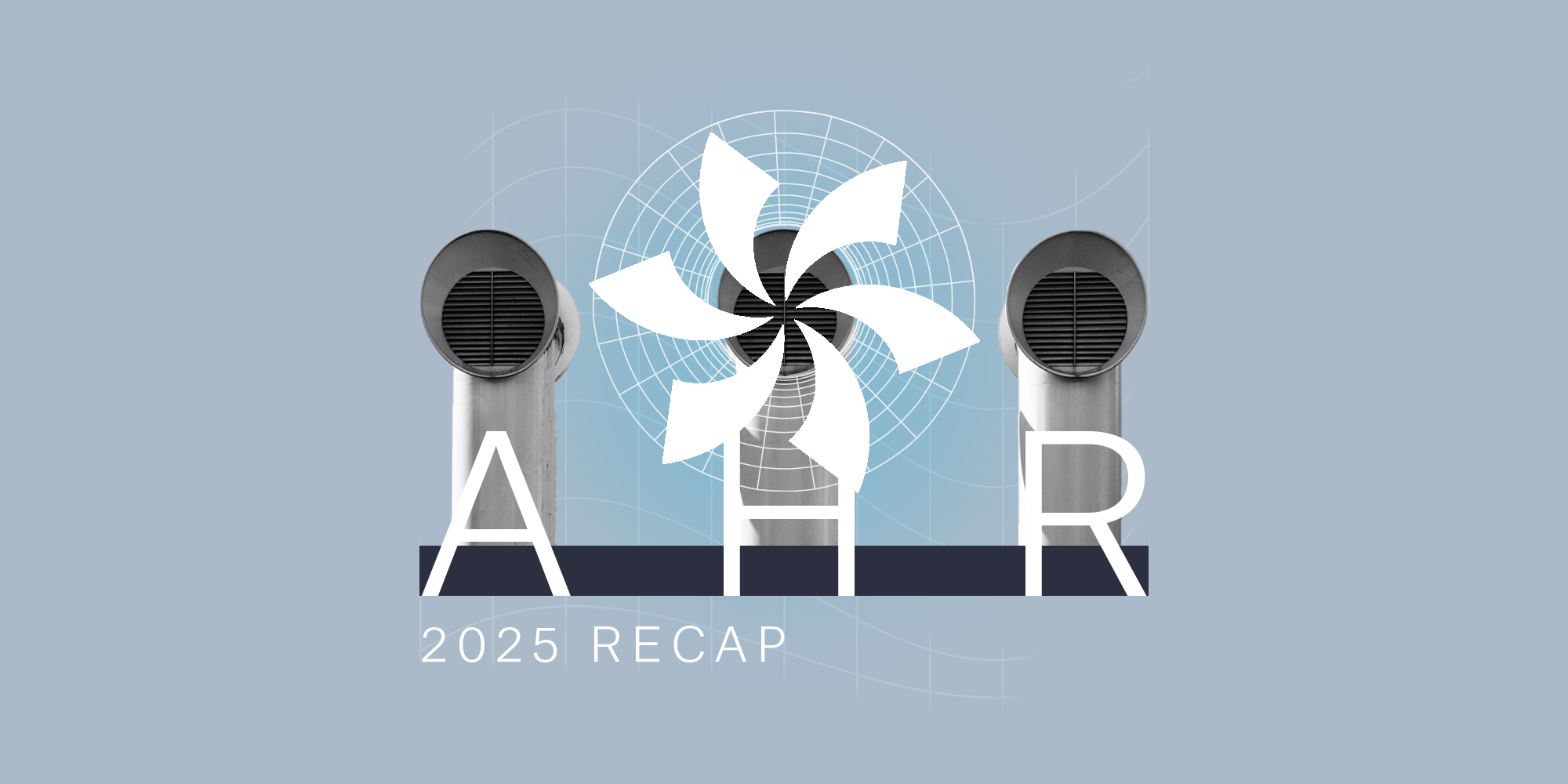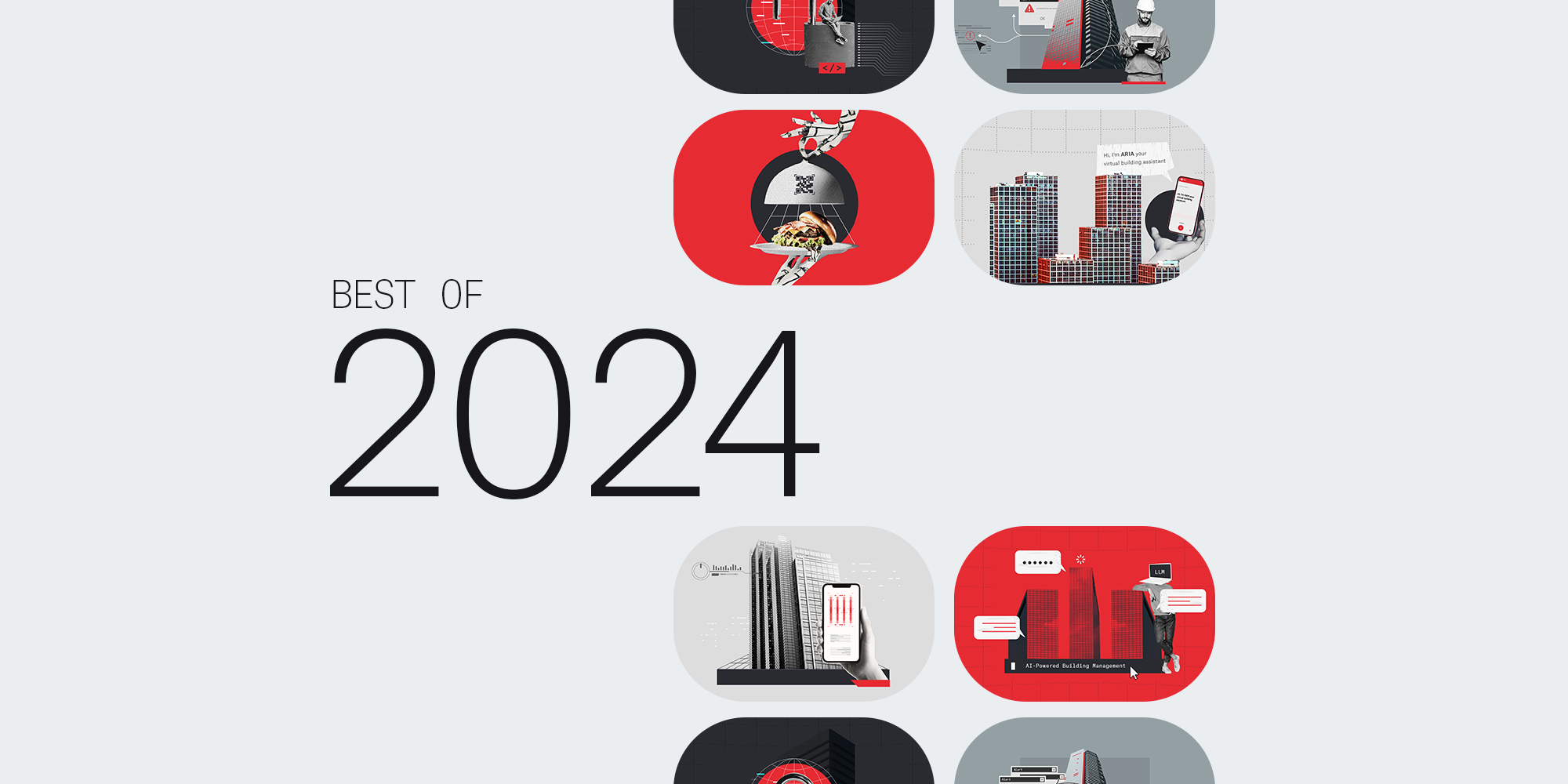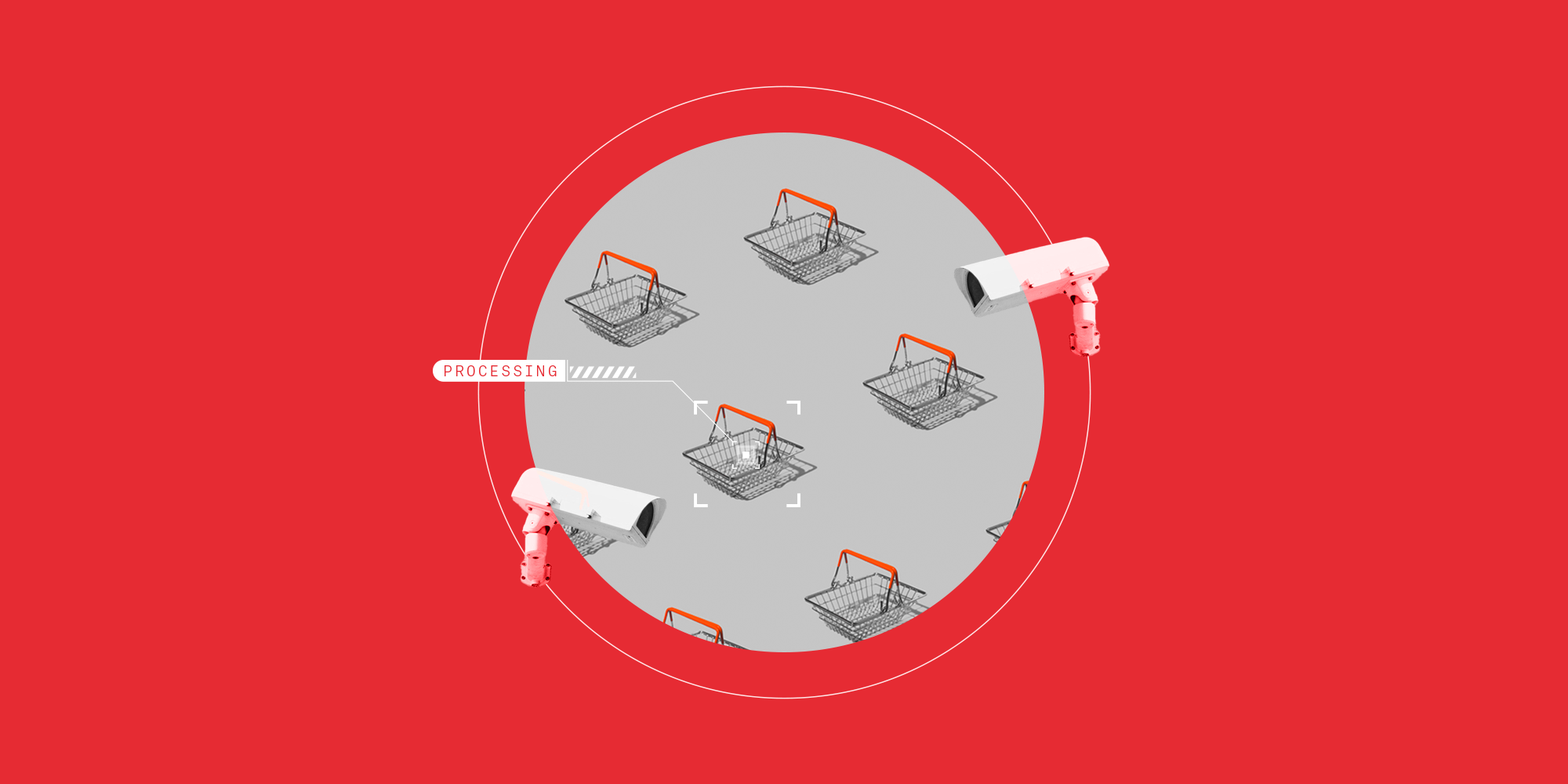Tackling alarm overload: AI for smarter facility management

Key takeaways
- FMs are facing an overload of alarms
- This leads to ignored warnings, increased stress, and decision fatigue
- Smarter alarm management strategies are needed to combat this issue
- Emerging technologies like AI and generative AI are proving to be promising solutions to reduce overload and enhance building efficiency
- Integrating AI and LLMs for alarm management can streamline operations, setting the stage for smarter, more proactive facility management
Author
Blake Standen
Director of Technical Sales, BrainBox AI
>12. That’s the number of alarms per hour FMs can take before overload sets in. It’s ironic: Alarms exist to boost efficiency and building safety, but enough of them will have the opposite effect.
It’s a big issue too. The constant stream of alarms, alerts, and messages fired at FMs leads to critical warnings overlooked, increased stress, and decision fatigue - underscoring the urgent need for more effective alarm management strategies.
Luckily, promising solutions are emerging through technologies like AI and generative AI. Together, these tools can process and analyze vast datasets to weed out and prioritize legitimate alarms, potentially significantly reducing the overload FMs experience and resulting in safer, more efficient buildings.
What is an effective alarm system?
In the days before IoT devices and advanced building management technology, facility management was mostly manual, centered around routine checks and addressing visible issues. As building technologies were developed and adopted, there was an increased emphasis on safety, comfort, and sustainability. This gave rise to alarm management systems, which aim to help prevent facility events or issues that could cause lost revenue by creating alarms to prompt corrective action.
In general, alarms signal an abnormal space condition, performance deviation, or equipment malfunction. They can be separated into three categories - critical (most important), warning (to check at some point), and informational (noted) - and, according to the ANSI/ISA-18.2, they generally require an action to remedy an issue. If not taken, these issues could result in much bigger problems.
A good alarm system will ensure that alarms are relevant, unique (not duplicated), timely, prioritized, easy to understand, diagnostic (in which it identifies a problem), and advisory (where it suggests an action to be taken). However, without these parameters in place, alarm management issues can begin to creep in and multiply, leading to increased operational risk
. 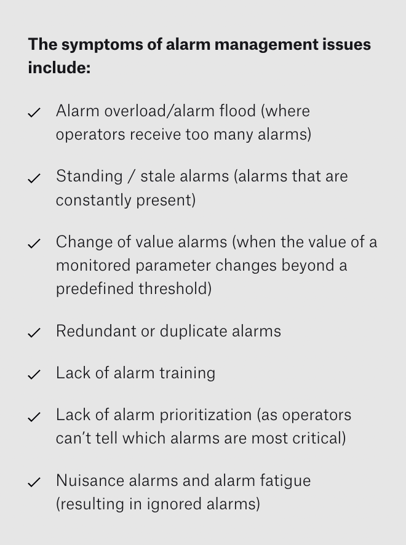
Sounding the alarm: The consequences of ineffective alarm systems
Possibly the biggest challenge with these systems is that they’re usually based on rules that, while correct at the time a building is commissioned, may not adapt well to changes within the building over time.
This underscores the critical need for adaptability and continuous reassessment. As buildings evolve and operational demands shift, the static nature of initial alarm protocols can become a liability rather than a safeguard. Recognizing this, the next step in the evolution of facility management is not merely the deployment of more alarms, but their strategic refinement and prioritization to ensure they remain relevant and actionable. This requires a nuanced approach that balances the original intentions of alarm systems with the dynamic realities of modern facility operations.
Yet often there’s a problem with the classification process itself. The inclusion of alarms as a default feature in every Building Automation System (BAS) means that their deployment often lacks careful consideration – and an absence of strategic planning around the purpose of each alarm and whether it’s really needed could result in a whole lot of ineffective alarms. This in turn leads to overload, nuisance alarms, and alarm fatigue, making it difficult for operators to distinguish critical warnings from false positives and preventing them from prioritizing effectively.
It’s no wonder, then, that we so often see building automation systems (BAS) with hundreds, sometimes thousands, of unacknowledged alarms.
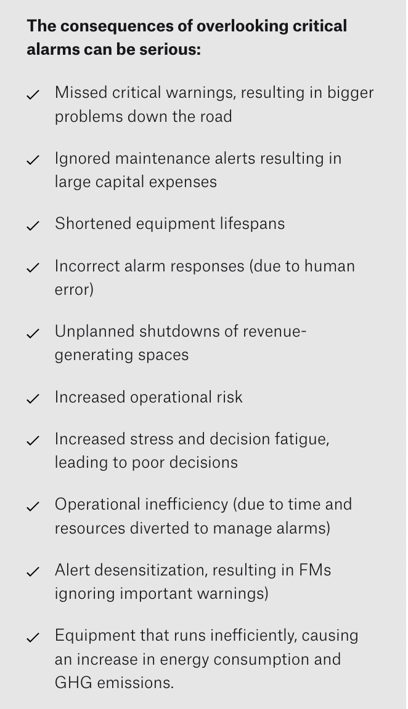
Defining a critical alarm response strategy
The first step in preventing these issues and ensuring that alarms remain effective is to work with vendors to review and update alarm rules, overrides, and settings. This collaborative effort helps maintain the relevance of the alarm management system to the building's current operational needs. Additionally, customizing the alarm management process to suit the unique team and organizational priorities can also help streamline operations and reduce alarm fatigue.
Next, it’s a good idea to look into integrating critical alarms directly with Computerized Maintenance Management Systems (CMMS), which are built to ensure that immediate actions are triggered on important alarms. Regular reviews with vendors to identify and suppress nuisance alarms can further reduce unnecessary alerts, allowing facility managers to focus on genuinely critical issues.
Harnessing AI to combat alarm overload
It’s here that artificial intelligence technology offers a promising solution. AI can rapidly sift through the immense volumes of data generated by Building Automation Systems (BAS), identifying patterns and anomalies humans might miss. What’s more, it can prioritize alarms based on severity and urgency. This approach streamlines alarm management, enabling faster responses to significant concerns and enhancing operational efficiency and decision-making.
By deploying AI solutions, facilities managers can significantly reduce the clutter of non-critical alarms, ensuring that only the relevant ones reach the forefront. This precision in filtering helps to prevent critical warnings from being lost in the noise, which mitigates the risk of overlooking important alarms.
Another significant advantage of integrating AI for alarms is its capability for predictive analysis. By continuously monitoring data from various sensors and systems within a facility, AI can predict potential issues before they escalate into critical alarms. This proactive approach allows facilities managers to address problems pre-emptively, in some cases avoiding the need for alarms altogether.
LLMS: Enhancing alarm understanding and response
LLMs, or large language models (machine-learning tools like ChatGPT that recognize and recreate human language using deep neural networks) can take this a step further by identifying critical alarms and providing real-time contextual analysis and actionable insights. In fact, the integration of AI with LLMs is poised to revolutionize how FMs receive, respond to, and view alarms.
Today, a large chunk of an FM’s day revolves around checking the alarm log and filtering alarms based on their experience, then troubleshooting by trending equipment data points, filling out work orders, and contacting vendors. Virtual, LLM-based building operations assistants will substantially cut down on the time spent on these tasks. Accessible via laptop, tablet, or mobile, facility managers will be able to access instant assistance, allowing them to:
- Quickly view and share personalized, accurate visualizations of their building’s data
- Benchmark and compare performance across a portfolio on critical parameters like energy trends, emissions, maintenance needs, and schedules
- Automate simple building management tasks
- Stay ahead with proactive alerts about equipment failures, setpoint issues, and energy reduction goals achieved
But perhaps the most impressive thing about these models, is that they’ll be able to correctly interpret the significance of an alarm within the broader operational context, offering recommendations for response strategies based on similar historical events. This capability will enable FMs to make swifter, more informed decisions, prioritizing actions that safeguard the facility's safety and efficiency.
Importantly, LLMs will also allow for the creation of personalized alarm management systems. By learning from the preferences and response patterns of individual managers, these systems can tailor alarms to suit specific operational needs, reducing the likelihood of alarm fatigue. This approach ensures that FMs receive notifications in a way that aligns with their workflow, further enhancing their overall management efficiency.
Don’t be alarmed: Future possibilities for better facility management
Of course, the realm of AI is advancing rapidly, meaning it holds exciting prospects for even smarter alarm management systems and facility management. These anticipated advancements, if done correctly, could lead to a dramatic reduction in false alarms and autonomous corrective actions. This would help ease alarm overload while enhancing operational efficiency and response times and streamlining FMs’ decision-making processes - transforming alarms from reactive sources of stress into proactive tools of empowerment.

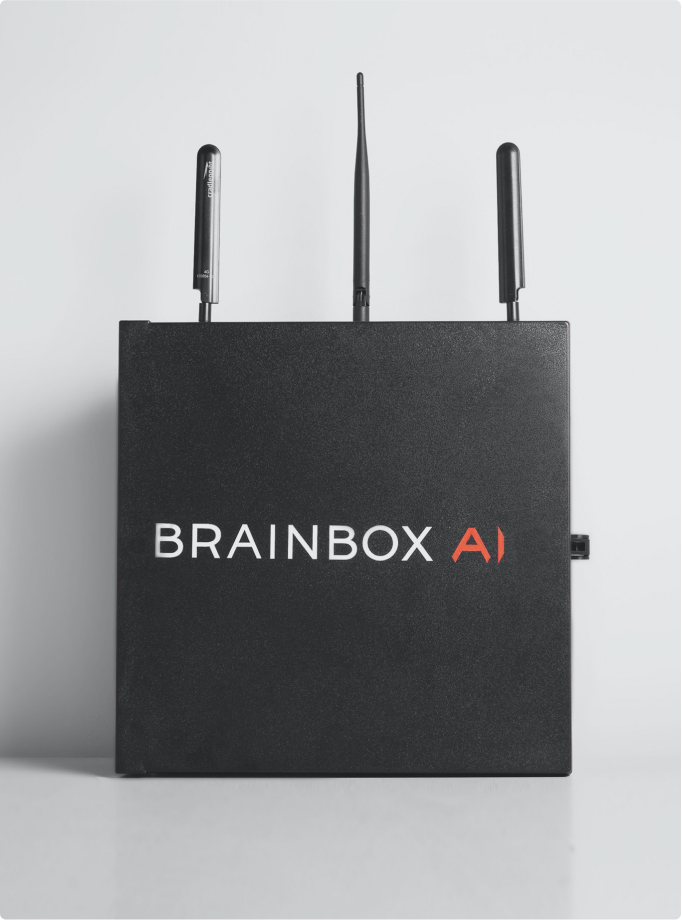

.jpg)



